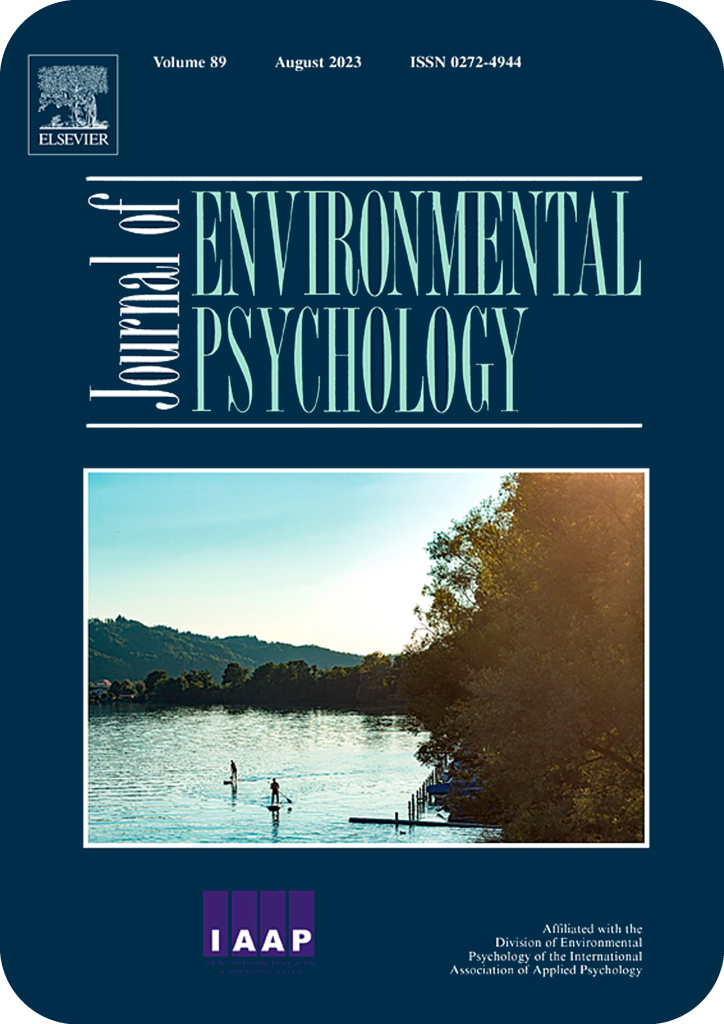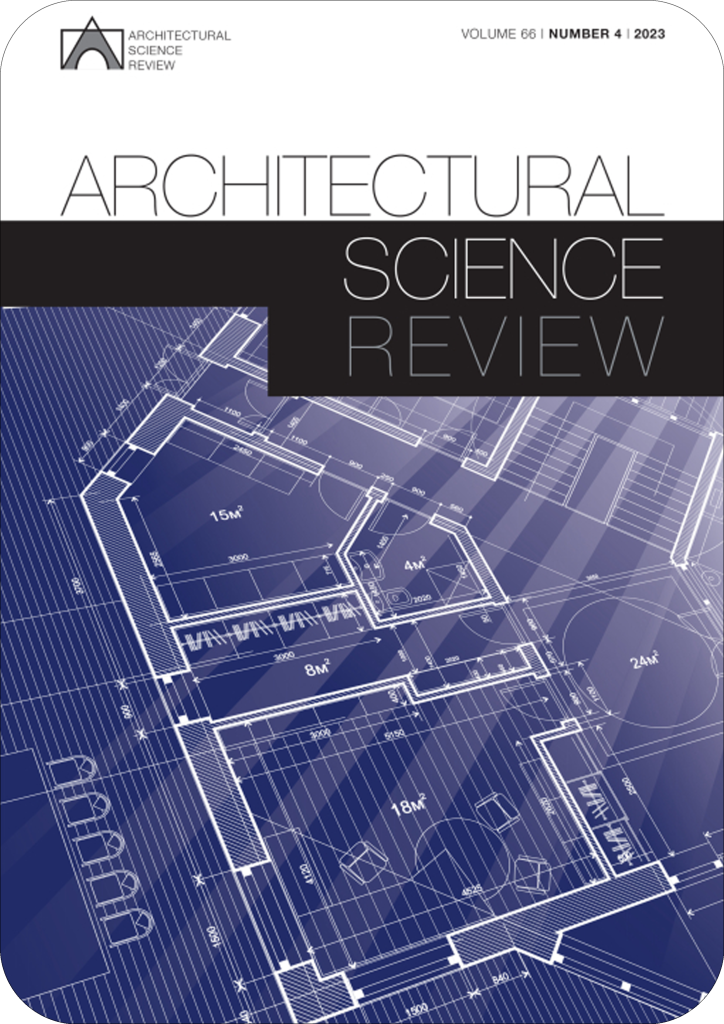
Abstract: Many urban dwellers prefer to live in small city-center apartments in order to enjoy the benefits and infrastructure that cities offer. Consequently, the development of quality "micro" apartments in city centers may be very attractive to planners and those seeking housing as a means of meeting the current demand. The adAPT NYC competition announced by Michael Bloomberg, the former mayor of New York City, in 2012 was an important initiative focused on micro-unit apartment buildings and served as the inspiration for this study. The existing literature on the subject describes small apartments in dense developments as being perceived as crowded and exercising a bad influence on the well-being of tenants. Previous research has concluded that visibility influences the perceived density of a space and that larger volumes of open space may have an impact on perceptions of lower density. This study examined the impact of various interior configurations on the perceived density of micro apartments through experiments conducted via virtual reality in an immersive visualization laboratory. The outcomes, which were tested statistically, provide advanced ideas for spatial configuration and could support the design of micro apartments by enabling low perceived density and, consequently, preferable living environments. Small apartments already exist in many dense cities around the world, and the expansion of design concepts to take into account better interior spatial design - thereby enabling lower perceived density - would help in developing residential environments with more satisfied tenants.
More Papers



